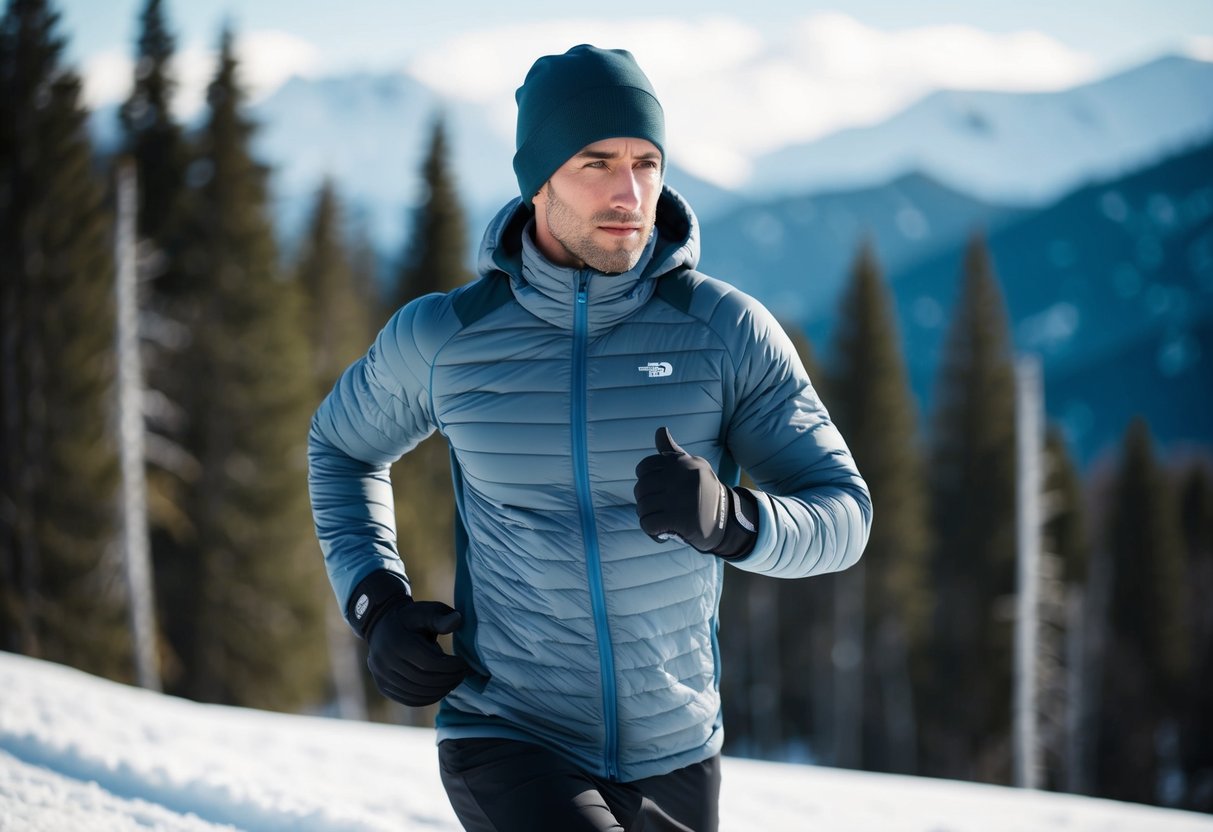
Durable Outerwear Essentials
For those braving the cold during outdoor workouts, selecting durable outerwear is crucial. Key features include water-resistant materials and windproof construction to safeguard against the elements. These qualities ensure warmth while maintaining breathability and comfort.
Water-Resistant Technologies
High-quality outerwear is defined by its ability to repel water. Many garments utilize advanced technologies like DWR (Durable Water Repellent) coatings or proprietary materials that excel in keeping moisture out. The water-resistant fabrics are often lightweight, allowing wearers to move freely without the heaviness that traditional waterproof layers might bring.
The seams and zippers of these garments are also engineered to prevent water penetration. This ensures that the wearer remains dry, even in light rain or snowy conditions. Such features are essential for maintaining comfort and preventing the chilling effect of wet clothing.
Windproof Jackets and Pants
Windproof materials prevent cold air from penetrating clothing, maintaining warmth during high-intensity workouts in chilly environments. Jackets and pants with windproof features often incorporate specialized fabrics that block gusts while allowing moisture from perspiration to escape. This active temperature regulation is critical in maintaining comfort.
Nike Sportswear Tech Fleece Pants, for example, offer a meld of style and practical wind resistance. These pants not only provide protection against wind but also add a level of durability required for frequent use. The pants’ fit and fabric blend ensures freedom of movement, a vital aspect for those engaging in dynamic outdoor exercise routines.
Strategic Layering for Outdoor Workouts

Strategic layering allows individuals to maintain comfort by regulating body heat and ensuring that sweat is efficiently moved away from the skin. Employing the correct sequence of layers is key to optimizing performance and comfort during cold-weather exercise.
Balancing Warmth and Mobility
Balancing warmth and mobility involves selecting the right materials and layer thicknesses. The base layer should wick moisture away from the skin to keep the body dry during high-intensity activities. Lightweight nylon or polyester blends are ideal for this purpose.
The mid-layer, typically a fleece or insulated jacket, provides warmth. It must be breathable to allow moisture to escape while retaining heat. The outer layer acts as a shield against wind, rain, or snow, often made from waterproof and windproof fabrics that maintain flexibility for an unrestricted range of motion.



